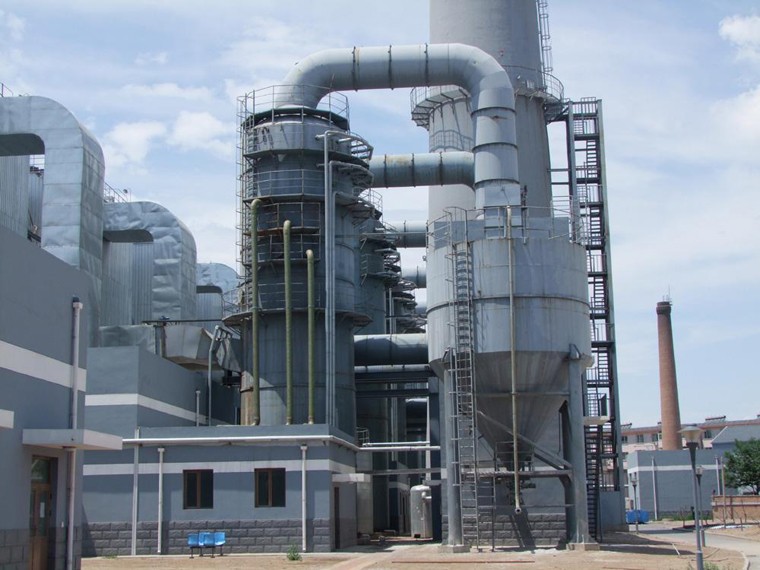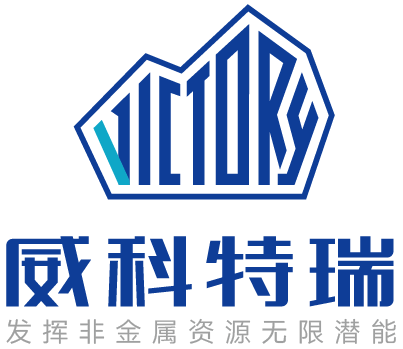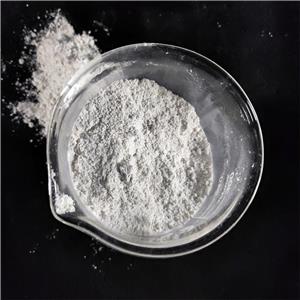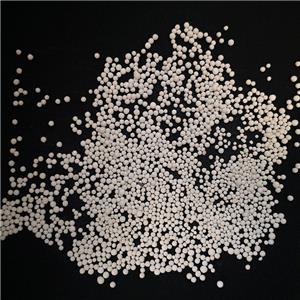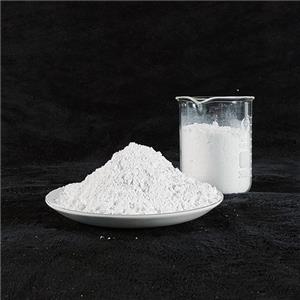Magnesiumoxide is een goed hulpmiddel voor ontzwaveling
6,0-6,5
, onder
welke omstandigheden het probleem van apparatuurcorrosie is ook opgelost
tot op zekere hoogte. Over het geheel genomen biedt de magnesiumontzwavelingsmethode een zeer sterke garantie voor veiligheidsprestaties in daadwerkelijke technische toepassingen.use the
magnesium oxide method. Additionally, it has been applied in places like the United States and Germany,
and there are already records of successful applications in some regions of China.
Advantages
Abundant Raw Material Sources:
China has a considerable reserve of magnesium oxide, with proven reserves of about 16 billion tons,
accounting for approximately 80% of the world's total. The resources are mainly distributed in provinces such
as Liaoning, Shandong, Sichuan, and Hebei, among which Liaoning accounts for 84.7% of the total,followed by
Laizhou in Shandong, which accounts for 10%. Other major deposits are located in Hebei's Xingtai, Sichuan's
Ganluo Yandai and Hanyuan, and Gansu's Subei and Biege, among others. Therefore,magnesium oxide can
fully serve as a desulfurizing agent in the desulfurization systems of power plants.
High desulfurization efficiency:
In terms of chemical reactivity, magnesium oxide is much greater than calcium-based desulfurizers,and
because the molecular weight of magnesium oxide is smaller than that of calcium carbonate and calcium oxide.
Therefore, under the same conditions, the desulfurization efficiency of magnesium oxide is higher than that of
the calcium method. Generally, the desulfurization efficiency of magnesium oxide can reach 95-98% or more, while the desulfurization efficiency of limestone/gypsum method only reaches about 90-95%.
Investment costs are low:
Due to the unique advantages of magnesium oxide as a desulfurizer, the structural design of the
absorption tower, the size of the circulating slurry volume, the overall scale of the system, and the power
of the equipment can all be correspondingly reduced. As a result, the investment costs of the entire
desulfurization system can be lowered by more than 20%.
The operating cost is low:
The main factors determining the operating cost of a desulfurization system are the consumption cost
of the desulfurant and the consumption cost of water, electricity, and steam. The price of magnesium oxide
is slightly higher than that of calcium oxide, but the amount of magnesium oxide required to remove the same
amount of SO2 is 40% of that required for calcium carbonate; in terms of power consumption such as water,
electricity, and steam, the liquid-to-gas ratio is a very important factor, which is directly related to the
desulfurization efficiency of the entire system and the operating cost. For limestone-gypsum systems, the
liquid-to-gas ratio is generally above 15L/m3, while for magnesium oxide, it is below 7 L/m3, which allows the
magnesium oxide desulfurization process to save a significant portion of costs. At the same time, the sale of
magnesium oxide by-products can offset a large part of the costs.
Reliable operation:
The greatest advantage of the magnesium desulfurization method over the calcium method is that the
system does not experience equipment scaling and blockage issues, ensuring the safe and effective operation
of the entire desulfurization system. At the same time, the magnesium method controls the pH value between
6.0-6.5, under which conditions the problem of equipment corrosion is also resolved to some extent.
Overall, the magnesium desulfurization method has a very strong guarantee for safety performance in
actual engineering applications.
